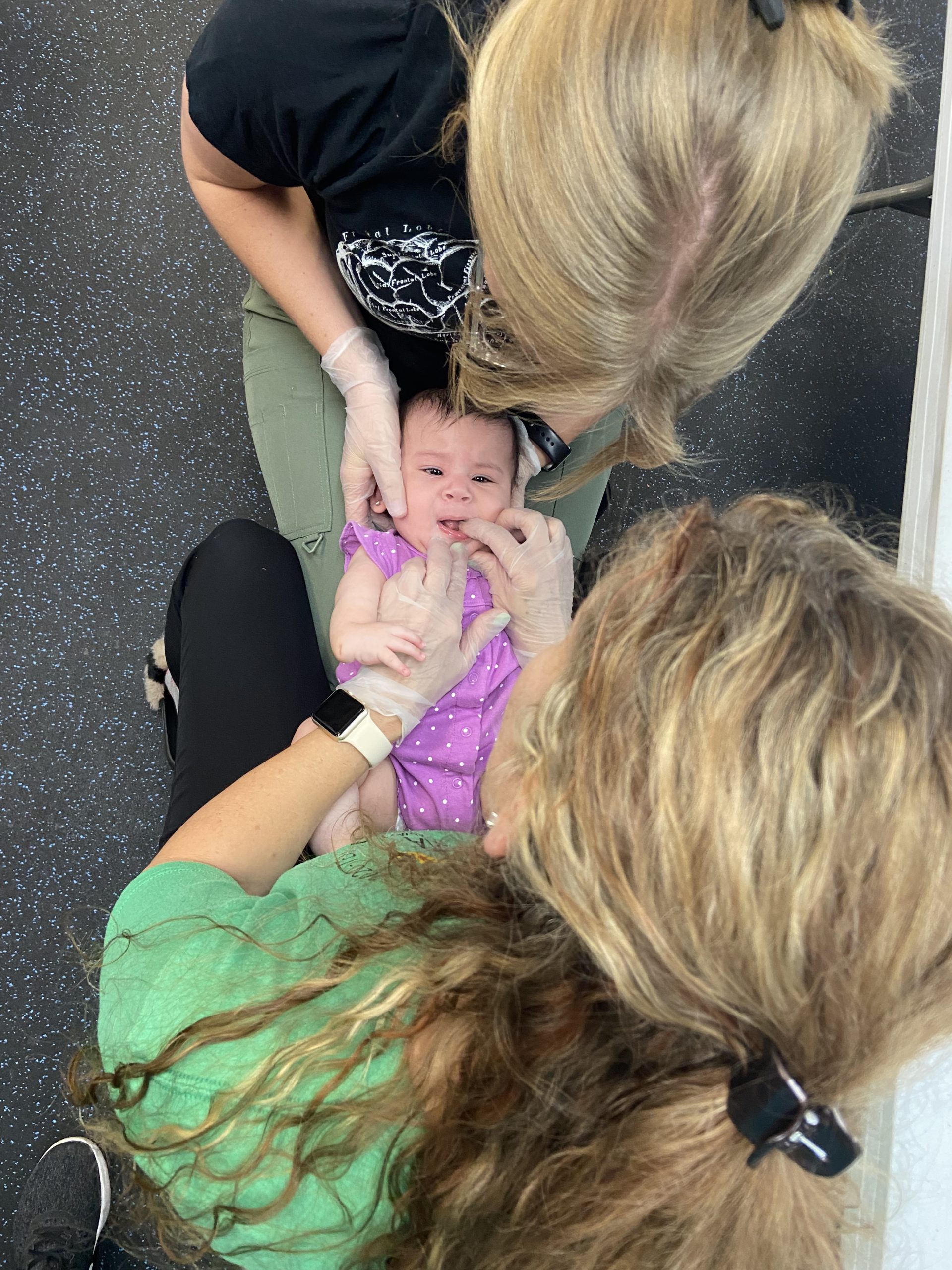Did you know that a tongue tie can impact your child’s ability to eat, speak, and even sleep? According to the International Affiliation of Tongue-Tie Professionals (IATP), a tongue tie is “an embryological remnant of tissue in the midline between the undersurface of the tongue and the floor of the mouth that restricts normal tongue movement.” This tissue, known as the frenulum, is present in everyone, but when it restricts tongue function, it’s referred to as “tethered oral tissue” or a “tongue tie.”
What Causes a Tongue Tie?
The frenulum develops before birth, meaning a tongue tie is not caused or prevented by anything you do during pregnancy. While the tongue is vital for eating and talking, a restricted frenulum can also impact breathing, sleeping, and dental health.
Signs of a Tongue Tie in Children
Children with tongue ties may exhibit:
- Tongue thrust
- Inverted teeth
- Sleep apnea
- Open bite
- Speech difficulties (e.g., trouble with certain sounds)
- Gagging or vomiting while eating
- Difficulty latching during breastfeeding or bottle feeding
- GERD (reflux)
- Clicking sounds during bottle feeding
- Poor endurance with bottle feeding
- Difficulty moving food to the teeth while eating
What Is a Frenectomy?
If a tongue tie is affecting your child’s tongue function, a frenectomy may be recommended. This procedure removes the restricted tissue to improve the tongue’s mobility and overall functionality. Often referred to as a “release,” a frenectomy is typically performed by a dentist or physician.
Why See a Speech-Language Pathologist for a Tongue Tie?
It’s essential to consult a speech-language pathologist (SLP) both before and after a frenectomy. An SLP can:
- Assess your child’s tongue function
- Provide pre-release therapy to maximize outcomes
- Offer post-release therapy to support improved feeding, speech, and oral motor skills
If you suspect your child may have a tongue tie, contact a speech therapist for a screening. If a tongue tie is suspected, the therapist can refer you to a qualified provider for a full evaluation. Kids Place Pediatric Therapy has four locations in Arizona ready to help!







